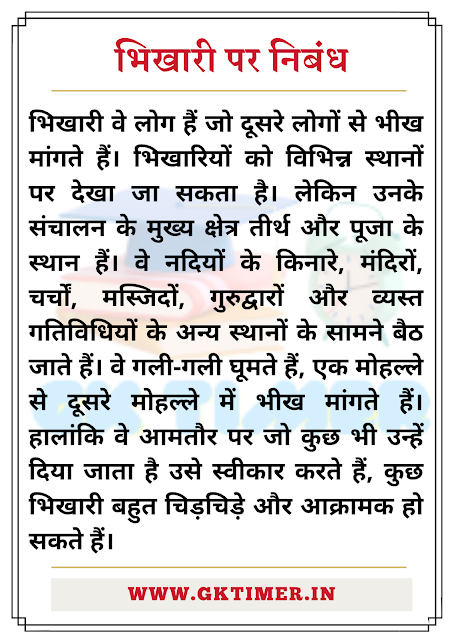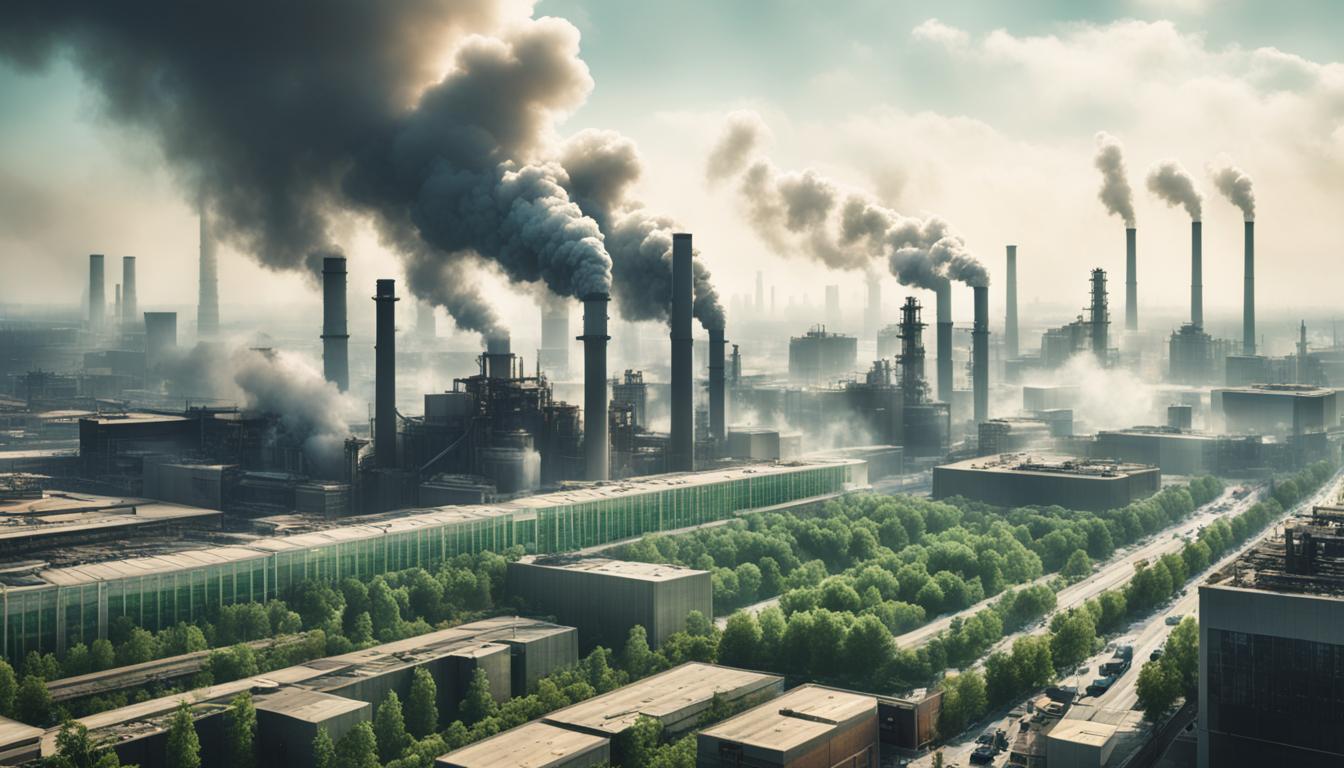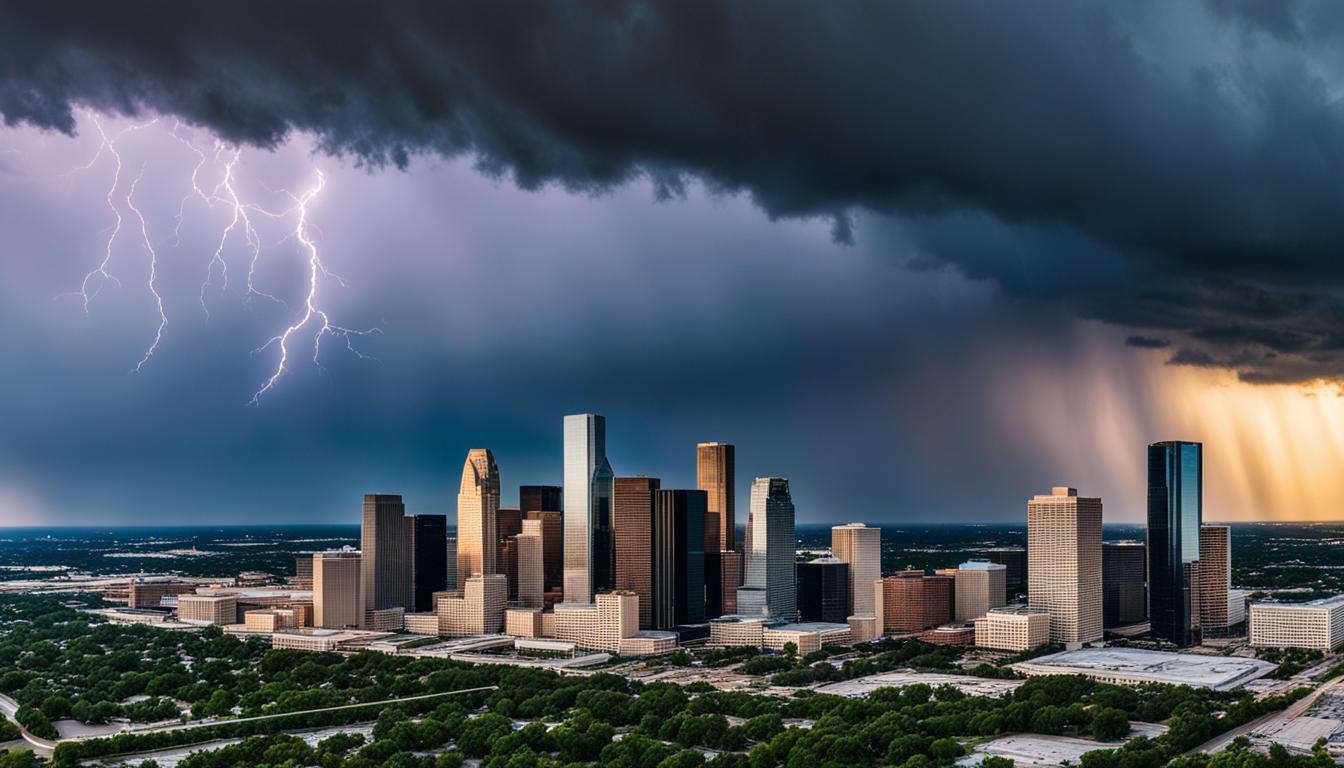1. Mumbai receives more rainfall than Pune because
Correct Answer:-A ( Mumbai is on the windward side )
Description:- Pune is on the leeward side of the western ghats and so lies on a rain shadow area. The south west monsoon empties all moisture on the windward side of the mountain range and reaches Pune with less moisture after crossing the mountain range. But Mumbai lies on the windward side and hence experiences heavy rainfall.
2. Rajasthan reveives very little rain because—
Correct Answer:-D ( the winds do not come across any barriers to cause the necessary uplift to cool the wind )
Description:- Rainfall decreases as winds move westwards up the Ganga Plains. Rajasthan receives very little rain as it lies in the rain-shadow of the Aravali Hills. The climate of Rajasthan varies greatly throughout the state. It is very hot and dry in summer in the desert areas, where dust storms also occur, while it is very cold during the winters. To the west of the Aravali range, the weather is characterized by low rainfall with erratic distribution, extremes of diurnal and annual temperatures, low humidity and high wind velocity. While in the east of the Aravali range, the weather is characterized by relatively low wind velocity and high humidity with better rainfall.
3. Which of the following does not have an influence over the climate in India ?
Correct Answer:-B ( Ocean currents )
Description:- India’s geography and geology are climatically pivotal: the Thar Desert in the northwest and the Himalayas in the north work in tandem to effect a culturally and economically break-all monsoonal regime. As Earth’s highest and most massive mountain range, the Himalayan system bars the influx of frigid katabatic winds from the icy Tibetan Plateau and northerly Central Asia. Most of North India is thus kept warm or is only mildly chilly or cold during winter; the same thermal dam keeps most regions in India hot in summer. Ocean current do not any role in the climate of India.
4. The area with annual rainfall less than 50 cm in a year is
Correct Answer:-B ( Leh in Kashmir )
Description:- Rainfall distribution in India is uneven. Areas of Inadequate Rainfall (it implies rainfall less than 50 cm a year): There are basically two belts that receive inadequate rainfall. These belts are of small extent and some parts of these belts receive exceptionally very low rainfall. Like for instance, the Karakoram Mountains and area lying to the north of the Zanskar Himalaya range. This region is situated in the north of the Himalayas. It, therefore, receives little rainfall during the summer monsoon rainy season. Further, a little rainfall is also caused in the months of January, February and March by the westerly depressions.
5. Which one of the following is the wettest place in India?
Correct Answer:-D ( Mawsynram )
Description:- Mawsynram is a village in the East Khasi Hills district of Meghalaya state in north-eastern India, 65 kilometers from Shillong. It is reportedly the wettest place on Earth, with an annual rainfall of 11,872 millimetres. According to the Guinness Book of World Records Mawsynram received 26,000 millimetres (1,000 in) of rainfall in 1985. Mawsynram is located about 16 km west of Cherrapunji, on the Khasi Hills.
6. The South West monsoon engulfs the entire India by
Correct Answer:-D ( 15th July )
Description:- Derived from the Arabic word ‘mausam’, monsoon implies a seasonal reversal in wind direction. These changes lead to changes in the seasonal distribution of rainfall and temperature. Although the Andaman & Nicobar Islands receive monsoon as early as mid-May, the southwest monsoon enters the subcontinent’s mainland through the Kerala coast. The monsoon then gets divided into two parts: the Arabian Sea branch and the Bay of Bengal branch. It normally reaches Mangalore on the west coast and Vishakhapatnam on the east coast within four days. Both the branches move to reach Mumbai and Kolkata on average between June 10 and 13. The monsoon crosses Varanasi, Ahmedabad and Bhopal by June 15. Agra has to wait for another five days and Delhi by June 29. The two branches merge over Punjab and Himachal. By mid-July the southwest monsoon engulfs the entire subcontinent.
7. Which one of the following coasts of India is most affected by violent tropical cyclones ?
Correct Answer:-B ( Andhra )
Description:- The frequency of severe cyclonic storms is maximum for Andhra Pradesh while that of cyclone is maximum for Orissa. Considering west coast only, Gujarat is most vulnerable. The average annual frequency of tropical cyclones in the north Indian Ocean (Bay of Bengal and Arabian Sea) is about 5 (about 5-6 %” of the Global annual average) and about 80 cyclones form around the globe in a year. The frequency is more in the Bay of Bengal than in the Arabian Sea, the ratio being 4:1.
8. ‘Kalbaisakhi’ is a kind of
Correct Answer:-C ( cyclonic storm )
Description:- Often during early summer, dusty squalls followed by spells of thunderstorm and heavy rains lash Assam and West Bengal, bringing relief from the humid heat. These thunderstorms are convective in nature and are locally known as Kal Baisakhi or calamity of the month of Baisakh.
9. Which one of the following is the driest region in India?
Correct Answer:-B ( Marwar )
Description:- Marwar is a region of southwestern Rajasthan state in western India. It lies partly in the Thar Desert which is the driest region of India. It includes the present-day districts of Barmer, Jalore, Lakshman Nagar, Jodhpur, Nagaur, and Pali. This desert tract, nicknamed Marwar or Marusthali – the Land of Death, lives up to its name with its scorching heat, thorny cactus and scrub, and scanty water.
10. The period by which the entire country in India comes under southwest monsoon is
Correct Answer:-D ( lst – 15th July )
Description:- The southwestern summer monsoons occur from June through September. June 1 is regarded as the date of onset of the monsoon in India, as indicated by the arrival of the monsoon in the southernmost state of Kerala. It usually arrives in Mumbai approximately 10 days later, reaches Delhi by the end of June, and covers the rest of India by mid-July.
11. Western disturbances cause rainfall in the following Indian states during winter
Correct Answer:-A ( Punjab and Haryana )
Description:- The term ‘Western Disturbance’ is used to describe an extra tropical storm, which brings winter rain and sometimes snow to the northwestern parts of the India. When the Western Disturbance moves across northwest India before the onset of monsoon, a temporary advancement of monsoon current appears over the states including Punjab, Uttar Pradesh, Jammu and Kashmir etc. When it passes across north India, it helps to increase monsoon activity over Punjab and Uttar Pradesh.
12. Which of the following two States are prone to cyclones during retreating Monsoon season?
Correct Answer:-D ( Andhra Pradesh and Orissa )
Description:- The retreat of the Monsoon which generally occurs between September and November brings with it another peak in cyclone origination, noted for its predilection toward violent cyclone strikes. The cyclones develop in the Bay of Bengal and move from the northeast to the southwest, causing heavy rainfall and loss of life and property in Andhra Pradesh, Odisha and West Bengal. Tamil Nadu receives heavy rainfall from these winds as the retreating monsoon winds are moisture laden.
13. Tropical cyclones in the Bay of Bengal are most frequent during
Correct Answer:-D ( March–April )
Description:- They are most frequent during the summer (June- September) over the northern part of the Bay of Bengal and over Eastern parts of Arabian Sea. They are more frequent in the Bay and in Arabian Sea in the region between 6 degree North to 15 degree North during the pre-monsoon (March-May) and post-monsoon (October-November) seasons and are least frequent during the winter.
14. ‘Summer Monsoons’ in India bring rainfall to
Correct Answer:-B ( Western Coast )
Description:- Summer monsoon (May to September) experiences South Western monsoon. The Western Ghats are the first highlands of India that the SW Monsoon winds encounter. The presence of abundant highlands like the Western Ghats and the Himalayas right across the path of the SW Monsoon winds are the main cause of the substantial orographic precipitation all over the Indian subcontinent. The Western Ghats rise very abruptly from the Western Coastal Plains of the subcontinent making effective orographic barriers for the Monsoon winds.
15. Which showers are favourable to the rabi crops in Punjab during winter ?
Correct Answer:-C ( Showers caused by western disturbances )
Description:- Western Disturbance causes winter and pre monsoon season rainfall across northwest India. Winter months Rainfall has great importance in agriculture, particularly for the rabi crops. Wheat among them is one of the most important crops, which helps to meet India’s food security.
16. Nagpur gets scanty rainfall because it is located with reference to Sahyadri Mountains, towards
Correct Answer:-D ( leeward side )
Description:- Nagpur falls in a rain-shadow region (leeward side of mountain) of the Sahyadri mountain range (Western Ghats). The windward side receives abundant rainfall from the moisture laden winds, while dry moisture- less winds characterize the other side.
17. October and November months give more rainfall to :
Correct Answer:-D ( Coromandal Coast )
Description:- The Coromandal Coast of Tamil Nadu receives heavy rainfall from the retreating monsoon winds as the retreating winds are moisture laden. It falls in the rain shadow of the Western Ghats, and receives a good deal less rainfall during the summer southwest monsoon, which contributes heavily to rainfall in the rest of India. The region averages 800 mm/year, most of which falls between October and December.
18. Heavy rainfall during the months of October and November is received by
Correct Answer:-C ( Coromandel Coast )
Description:- The Coromandal Coast of Tamil Nadu receives heavy rainfall from the retreating monsoon winds as the retreating winds are moisture laden. It falls in the rain shadow of the Western Ghats, and receives a good deal less rainfall during the summer southwest monsoon, which contributes heavily to rainfall in the rest of India.
19. The burst of monsoons in the month of June brings rain to
Correct Answer:-B ( Kerala and Southern coast of Tamil Nadu )
Description:- The burst of monsoons in the month of June brings rain to Kerala and Southern coast of Tamil Nadu.
20. Delhi gets winter rainfall due to
Correct Answer:-D ( western disturbance )
Description:- Delhi gets winter rainfall due to western disturbance.
21. Which of the following is the area of lowest pressure over Indian subcontinent during the hot dry weather season ?
Correct Answer:-C ( North-West India )
Description:- The southwestern summer monsoons occur from June through September. The Thar Desert and adjoining areas of the northern and central Indian subcontinent heats up considerably during the hot summers. This causes a low pressure area over the northern and central Indian subcontinent. To fill this void, the moisture-laden winds from the Indian Ocean rush in to the subcontinent.
22. The driest part of India is
Correct Answer:-A ( Western Rajasthan )
Description:- Western Rajasthan is the driest region in India. Jaisalmer in western Rajasthan is the driest place which receives the lowest rainfall (less than 10 cm). It is due to its distance from the monsoon winds of the Bay of Bengal and location in the sub-tropical high pressure belt.
23. One of the regions that receives rainfall from the North–Easterly monsoon is :
Correct Answer:-D ( Tamil Nadu )
Description:- The period October to December is referred to as Northeast Monsoon season over peninsular India. It is the major period of rainfall activity over Tamil Nadu as it receives 48%” of its annual rainfall during the Northeast monsoon season. Coastal districts of the State get nearly 60%” of the annual rainfall and the interior districts get about 40-50%” of the annual rainfall.
24. If 20% or more area of the country suffers from rain deficits during monsoon season, it is termed as
Correct Answer:-B ( drought year )
Description:- According to Indian Meteorological Department, when the rainfall deficiency for the country as a whole is more than 10%” of normal and more than 20%” of the country’s area is affected by drought conditions (rainfall deficit), the situation is defined as an all-India drought year.
25. What is the major cause of ‘October Heat’?
Correct Answer:-D ( High temperatuire associated with high humidity )
Description:- The months of October-November mark a period of transition from hot rainy season to cold dry winter conditions. This period is known as Retreating Monsoon or Transition season because the southwest monsoons weaken and withdraw or retreat from India. The retreat of monsoon is marked by clear skies and rise in temperature. While days are warm, nights are cool and pleasant. Owing to high temperature and high humidity, weather becomes oppressive. This phenomenon is known as ‘October heat.
26. Why does the west coast of India receive more rainfall from southwest monsoon than the east coast?
Correct Answer:-B ( The Western Ghats obstruct the winds causing rainfall )
Description:- The western side of the Western Ghats rise majestically to over 2500 meters above mean sea level to capture the Arabian sea branch of moisture laden southwest monsoon winds. The location of these mountain ranges is such that the South-West Monsoon that break over the southernmost tip of the peninsula during the last week of May, block the winds and they steadily rise against the mountain to condense rapidly and give copious rains on the western side. Consequently, the eastern side is typically known as the rain shadow region.
27. Though there is no single theory which can explain the origin of south west monsoon, however it is believed that the main mechanism is the differential heating of land and sea during:
Correct Answer:-B ( Summer months )
Description:- According to the thermal theory, during the hot subtropical summers, the massive landmass of the Indian Peninsula heats up at a different rate than the surrounding seas, resulting in a pressure gradient from south to north. This causes the flow of moisture- laden winds from sea to land. On reaching land, these winds rise because of the geographical relief, cooling adiabatically and leading to Orographic rains, better known as the southwest monsoon.
28. Which of the following causes rainfall during winters in the north-western part of India ?
Correct Answer:-A ( Western disturbances )
Description:- A Western Disturbance is an extratropical storm originating in the Mediterranean region that brings sudden rain to the northwestern parts of the Indian subcontinent during the winter season. It is a nonmonsoonal precipitation pattern driven by the westerlies. Western Disturbances are important for the development of the Rabi crop (wheat).
29. The Daily Weather Map of India is prepared and printed at
Correct Answer:-D ( Pune )
Description:- Daily Weather Map of India is prepared and printed at the National Data Centre of India Meteorological Department (IMD) at Pune. Daily weather reports and daily weather maps for India in printed form are available since 1878.




